Image
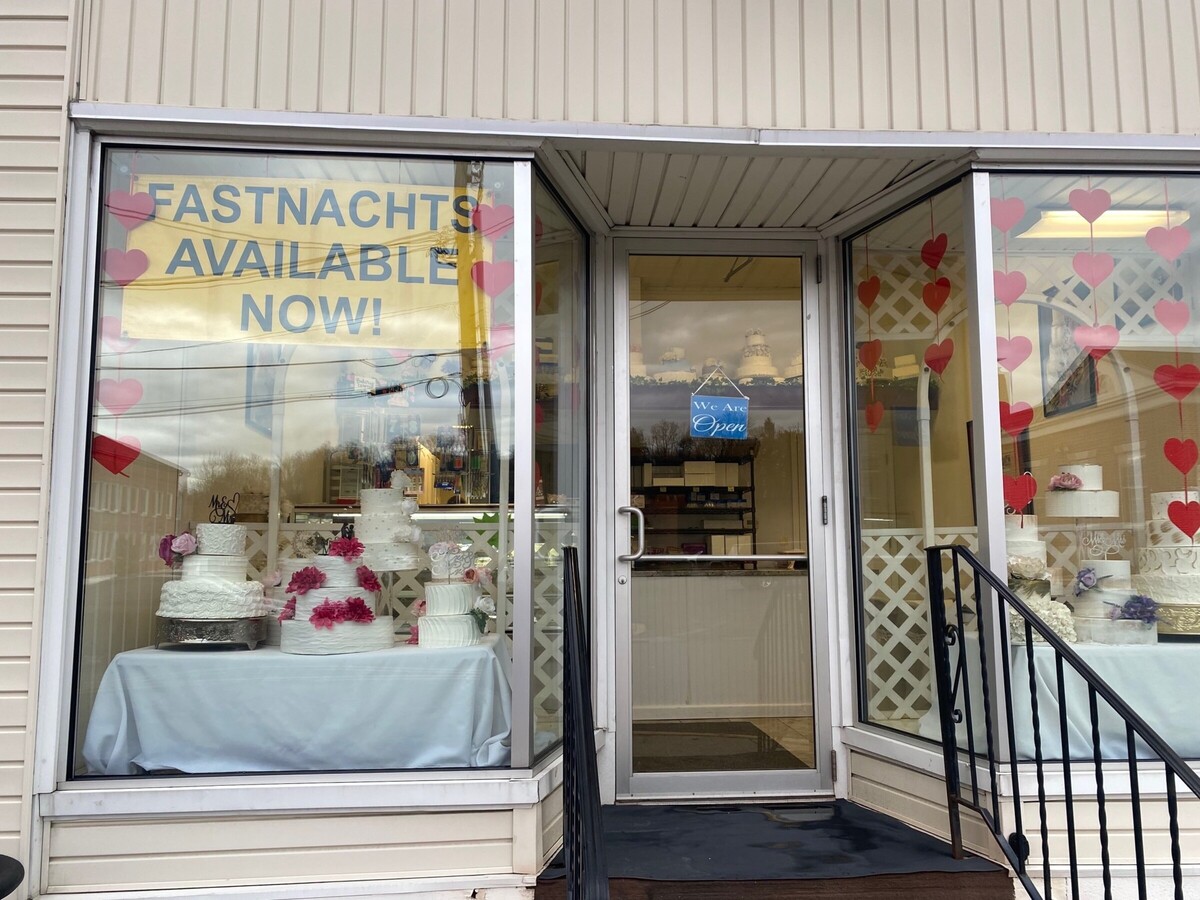
by Jane Stahl

Tuesday, February 21, is Fastnacht Day, 2023, and Mary Dice, owner of Dice’s Creative Cakes in Boyertown, celebrates the 6-week Fastnacht season by baking fastnachts using her father’s family recipe, going back 3-4 generations.
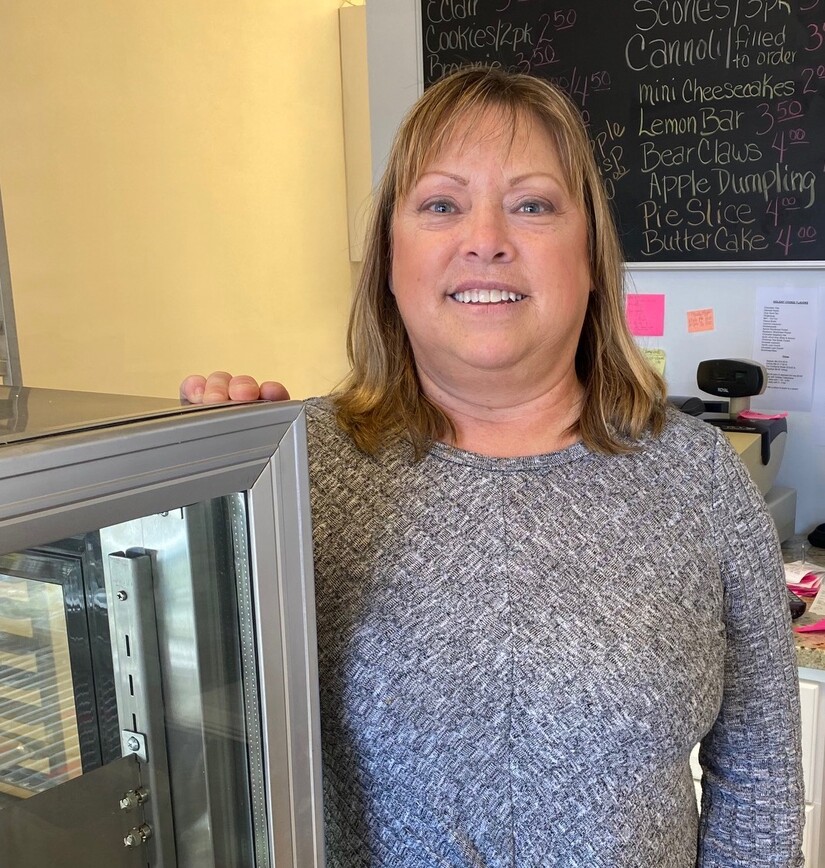
Fastnacht Day
Fastnacht Day—also known as Fat Tuesday, Mardi Gras, or Shrove Tuesday has been a popular day in Pennsylvania German culture when the PA Germans feasted on fastnachts, specialty doughnuts that originated in Germany in the 1200’s.
The Fastnacht Day Celebration tradition was begun to use up all the lard, sugar, butter, eggs, and other rich foods in the household before the start of Lent, the 40-day season preceding Easter.
These rich ingredients were seen as lavish and were not supposed to be eaten during the Lenten season. The word “fastnacht” means "the night before the fast," and comes from the German words “fasten” that means “to fast” and “nacht” that translates to “night.
Fastnachts are similar to doughnuts, although square or rectangle in shape with no doughnut hole in the center, and tend to feel heavier and taste a little less sweet. The German version of the fastnacht is made from a yeast dough, deep fried and coated or dusted in powdered sugar or cinnamon sugar. Traditionally the fastnacht was slit to allow air and jelly, and butter or molasses to be added.

Dice’s prepares fastnachts the old-fashioned way with real potatoes, cooked and mashed. “It’s so labor-intensive to use real potatoes that, commercially, it just doesn’t pay; potato flakes are used instead,” Mary explains. During Fastnacht season Mary goes through 80 pounds of potatoes, 1100 pounds of flour, and 300 pounds of sugar to create hundreds of dozens of the popular Pennsylvania German doughnut delicacy.
The doughnuts became known as Mardi Gras when in 1699, French explorers brought the Fastnacht Day celebration to New Orleans. Their journey to Pennsylvania was noted by the 1800’s. Details of it were included in the book “Easterside in Pennsylvania” by Alfred Shoemaker. By 1901, a Fastnacht Committee was established to ensure the details and history of the tradition would remain.
The GOAT? Fastnachts or Hawaii’s Poi Taro Doughnuts:
Recently, the fastnacht’s reputation as the GOAT of doughnuts was challenged by a friend of Mary’s who traveled to Hawaii and tasted the state’s kalo, or poi taro, doughnut.

The kalo plant is considered sacred to Native Hawaiians. Kalo or taro plants have heart-shaped leaves and a tuberous root called a “corm” where exceptional nutrition is found.

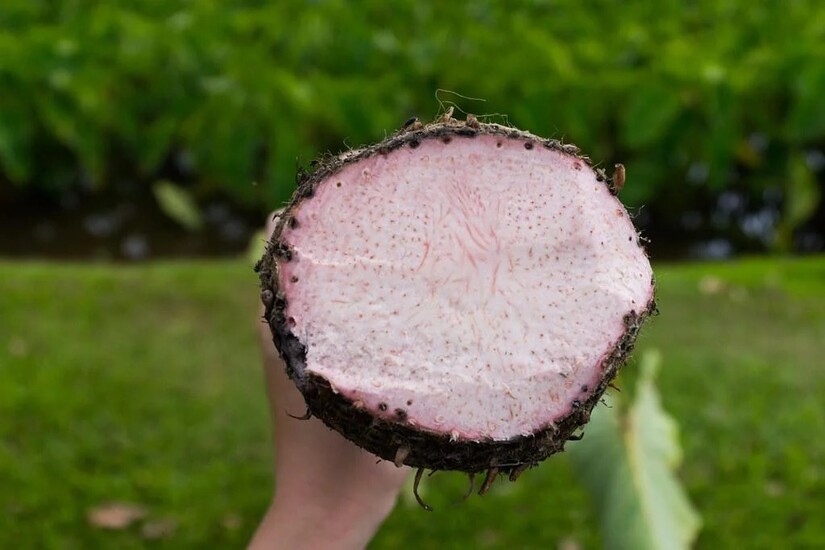
When the corm is steamed or baked and pounded into a purple paste called poi, it is then added to the dough as a special ingredient, and, this lighter, sweet dough—described as luscious and delicate--according to Mary’s friend, rivals the PA German Fastnacht. (BTW: Mary still continues to hold the Fastnacht as the superior doughnut!)
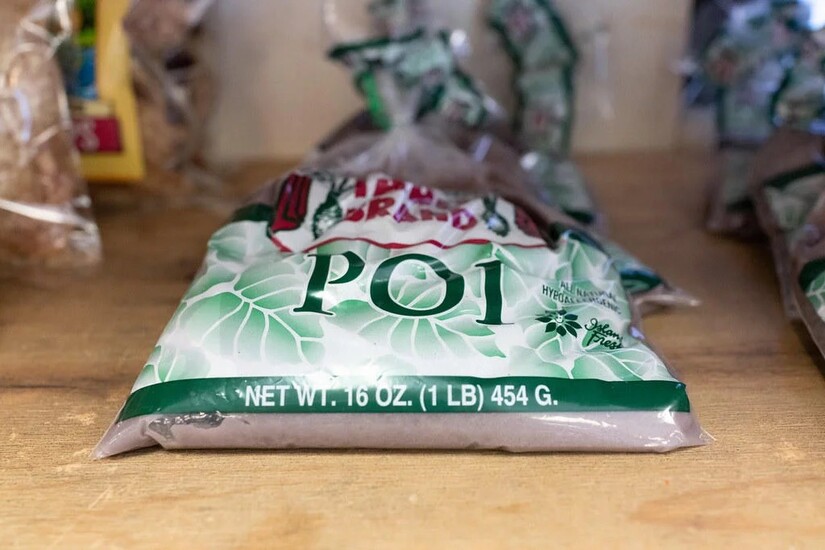
Nutritionally, the poi taro doughnut may have an edge, however. Captain Cook and his crew wrote about how healthy the Hawaiians were at least partially due to the universal consumption of poi – one of the earliest “superfoods.”
In ancient times kalo was the Hawaiians’main dietrary, high-fiber staple in the way that corn was a staple in many parts of the Americas. Taro also provided medicine and clothing. Hawaiians considered the plant to be the “older brother” of the human race. In turn, the natives took good care of the crop and the soil in which it grew.
Most visitors say that poi tastes like wallpaper paste. It has the texture of thick pudding: clingy, gelatinous, and wet. But if eating it is like a novelty for tourists, the opposite is true for Native Hawaiians: What matters to people living off the land in an isolated paradise is that poi is filling and settles well in the belly; visual appeal, alkalinity, and beneficial probiotics don’t matter.
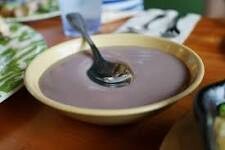
The Rest of the Story
But Fastnacht season is only part of Mary Dice’s Creative Cakes. The next season at the bakery is Easter featuring Mary’s peanut butter and coconut cream eggs made with milk and dark Belgian chocolate followed by the wedding season, then summer picnics, fall weddings, Thanksgiving, and finally holiday parties that yield 400 pounds of 16 types of Christmas cookies on fancy trays. Following Christmas, it’s Fastnacht season again!
Mary has been baking for 32 years and still enjoys the work and every season. She loves the creativity of the wedding season and the challenge every 10 years or so when the “fashion designs” of decorating change.
“I had developed my decorating skills with butter cream icing, and then the European style of ‘fondant’ became popular,” Mary explains. “Fortunately, I can look at a cake and mimic the process. I am able to copy the style of decorating just by looking at it—whether it’s fancy, lacey designs or using edible glimmery additions. Today, European designs have gone out of style; current fashion has returned to butter cream frosting for the third time in my career,” she notes.


Throughout the year, she enjoys the change in tasks—sometimes baking, sometimes decorating, for example, but she has no favorite season.
“My mother taught me to bake. I’ve been doing it since I was 12, creating my own recipes since I was 16. I enjoyed learning what is involved in the baking process—how egg size and humidity affect the outcome, for example, and my mother said I would decorate 24 hours a day if she’d let me,” she quips.
Her business began as a hobby in high school; she baked for friends and family; and while her children were in school, she baked for their schools’ special events.
“Running the bakery is still a good time for me—still wonderful. While I worked in the medical field for 15 years, when I started the bakery, I started slowly but enjoyed the freedom when I could have my kids with me at the bakery. They came and did their homework, helped in the shop and at wedding shows, and learned things—public relations and such,” she shares.
In 2000 she moved into her current location and doubled the amount of her equipment immediately. Her mother helped for years until she retired. Mary now employs 4-5 people who, along with her customers, credit her special talents. During my visit with Mary, a patron shared that while she never enjoyed key lime pie, when she tasted Mary’s, she became a fan.

“Michelle, one of my employees, tells our customers that if there’s a way to make a recipe better, I can do it. For example, Michelle wouldn’t eat her mother’s apple dumplings, but she loves mine,” she laughs.
The pandemic offered Mary a chance to expand her offerings to allow the business to survive. While wedding cake orders were cancelled when wedding receptions were disallowed, she sold decorating kits—sometimes 100 kits a week—to folks who were looking for activities to do at home. Kits included 6 cupcakes, food coloring, and the ingredients needed to decorate. In addition, she sold gourmet food she prepared for take-out at the bakery—chicken pot pie and mac and cheese dishes, for example.
Today, on a typical Thursday, she’ll bake 90 cakes, 30 dozen cupcakes in addition to assorted pastries. Wedding cake season means bridal shows and expos from January through March to provide “taste tests” of 22-40 flavors of cake to thousands of attendees per show. The shop services 300 weddings a year--6-8 weddings a week during wedding season. “The challenge is that we’re always looking for new clientele; folks don’t plan to have more than one wedding,” she concludes.


“Our business relies on word-of-mouth endorsements,” Mary admits. “Folks don’t want to order a cake for their ‘special day’ without either trying it themselves or having a recommendation from a satisfied customer.”
Mary Dice clearly enjoys her work bringing smiles to lots of people who also enjoy her work. And the image of her going home, covered in flour and sugar, adds to the overall sweetness in the life of this lifelong baker!